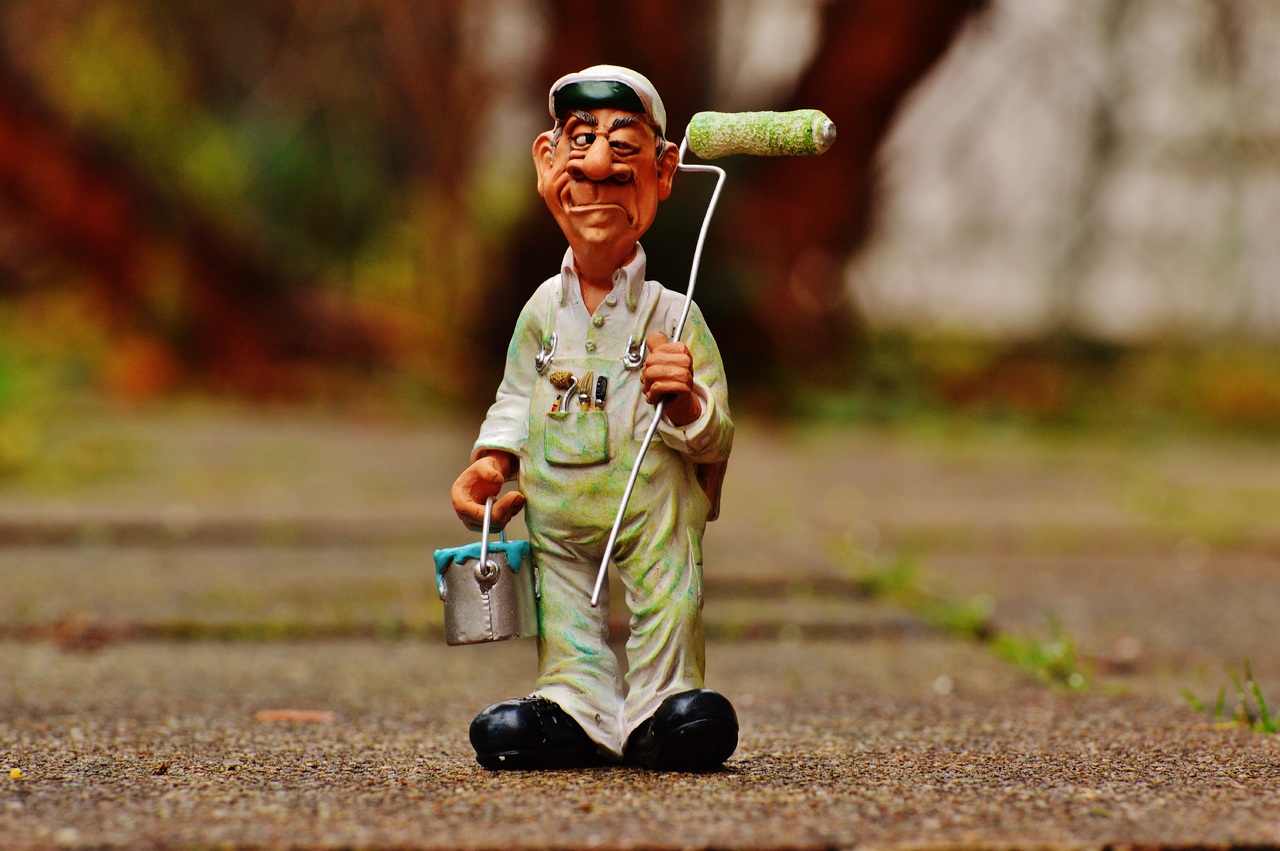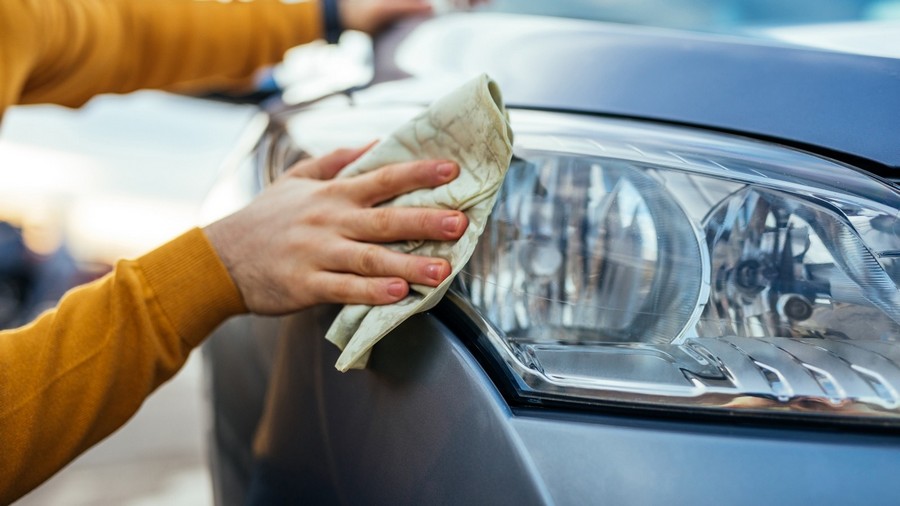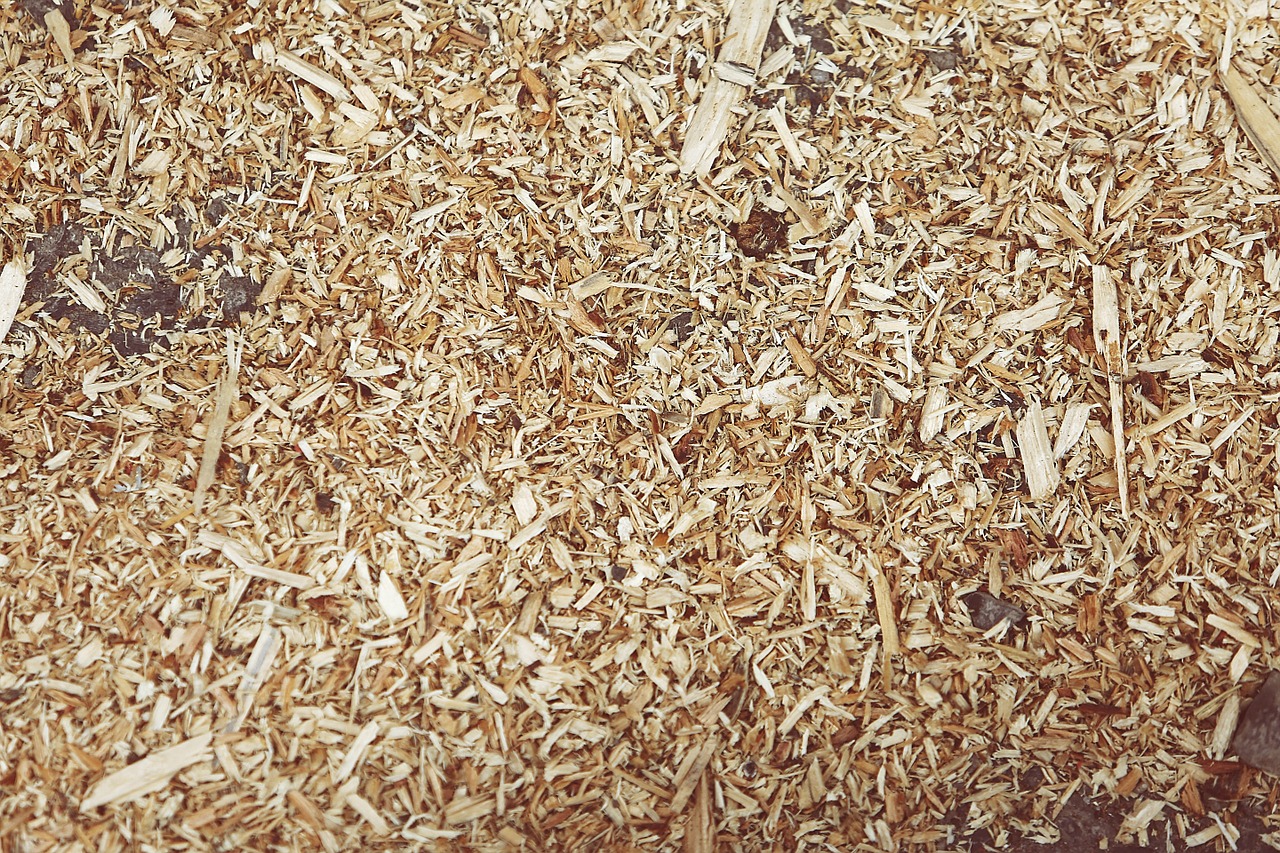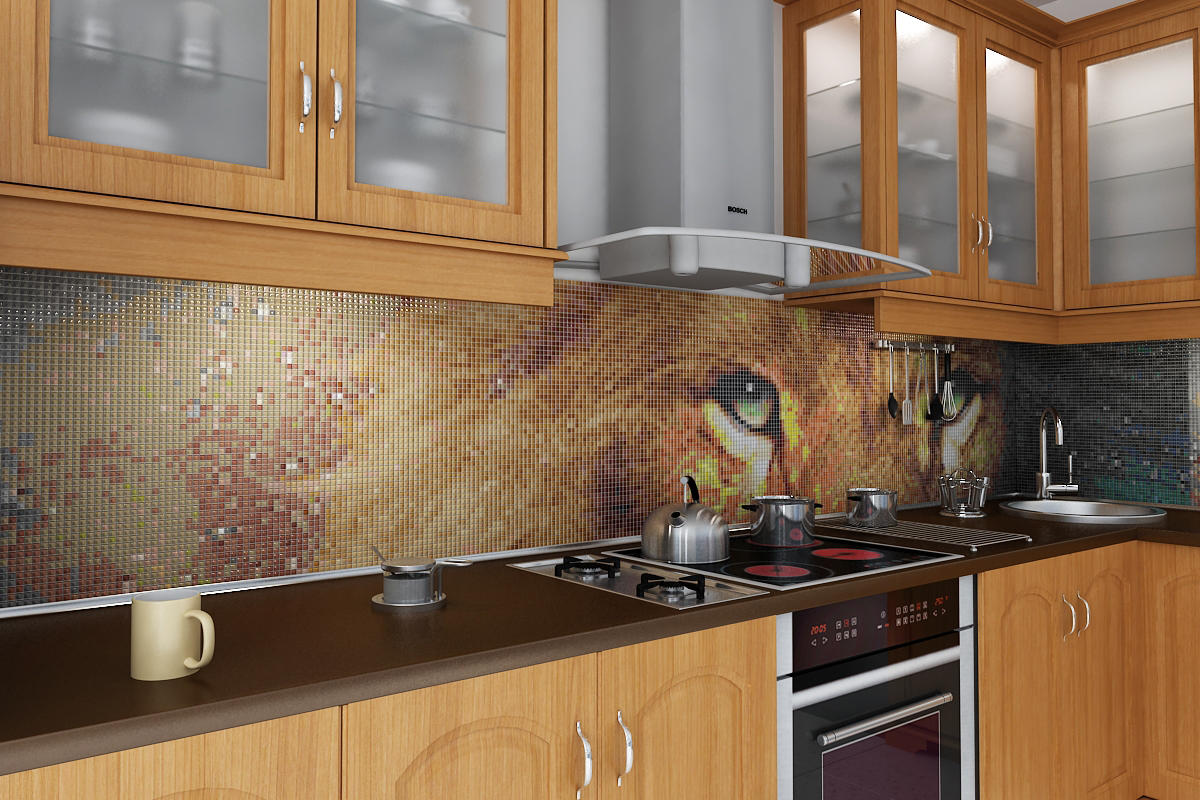Rating of the best laminate manufacturers in 2022
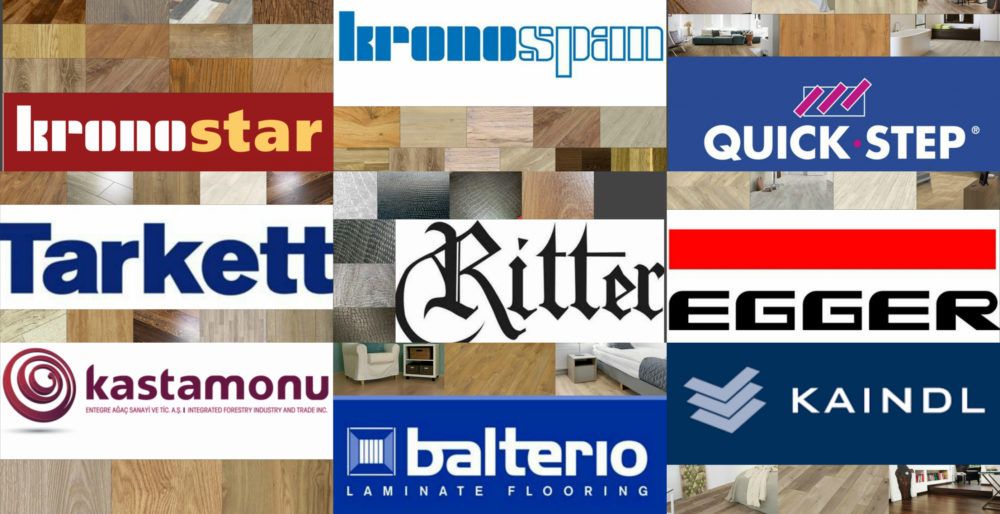
During repairs, the question of changing the floor covering is often raised. What it should be like and what is better for him to choose is determined by each individual, based on the financial condition and requirements for the premises.
Today, one of the most common flooring is laminate. It is easy to install, undemanding in care and looks very good in any interior.
Content
About laminate
Laminate is a rectangular slab, which can be of different thickness depending on its purpose. As a result of folding, a seamless coating is obtained, the basis of which is wood, its purpose is to retain heat and density. The top layer serves as wear-resistant protection against damage (scratches or scuffs). As a decor, a printed pattern is used, which is located in the middle layers of the structure.
The main decorative advantage is just a large selection of various patterns from the simplest (colors of different types of wood) to more complex abstractions or monotonous compositions.
Such flooring is suitable for premises of different purposes (apartments, private houses, hotels, offices, public places), but there are different suitable parameters for different purposes. In order to choose the right laminate for a particular case, you need to know what the coating structure consists of, what types of it are on sale, what characteristics you should pay attention to when choosing.
Structure Features
Laminate is a multilayer material, each layer of which performs its own functions, namely:
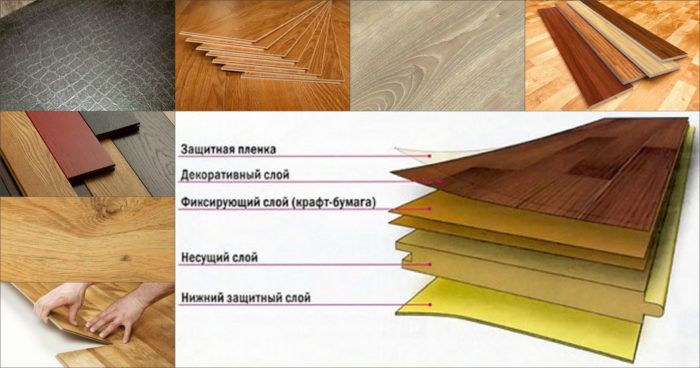
- The very first layer of material is at the bottom, it is in direct contact with the lining or (if there is none) with a concrete screed. In this regard, its main task is determined by water resistance. The layer is characterized by increased density, because it performs another important function - to stabilize the entire structure and prevent it from deforming.
- The main layer is most often made of chipboard or fiberboard, polyvinyl chloride (PVC) can also be used as the base material.Each of these materials has its positive and negative sides, but in the structure of the laminate they all serve the same purpose: having density and hardness, they make the coating hard. It is in this layer that the key joints are placed, which create a seamless overall look.
- A waterproof impregnation is again laid on top of the base layer. Most often, this is a paper layer, which is impregnated with resins, protecting the decorative surface from moisture, which can come from the same screed below.
- The decorative layer is a printed pattern. Many choose this coating just for the opportunity to choose the colors and textures of the pattern to your taste, which would fit the intended interior.
- The topmost layer serves as an external protection against mechanical damage and moisture from the outside. The material of this film layer can be acrylic or melamine resin. The parameters of this layer, depending on the place of application, guarantee the wear resistance and durability of the laminate.
What are the types of laminate
Types are determined depending on the place of application. For premises of different purposes, there are different types of this flooring. The main difference is in its wear resistance due to different loads.
Laminate in residential premises
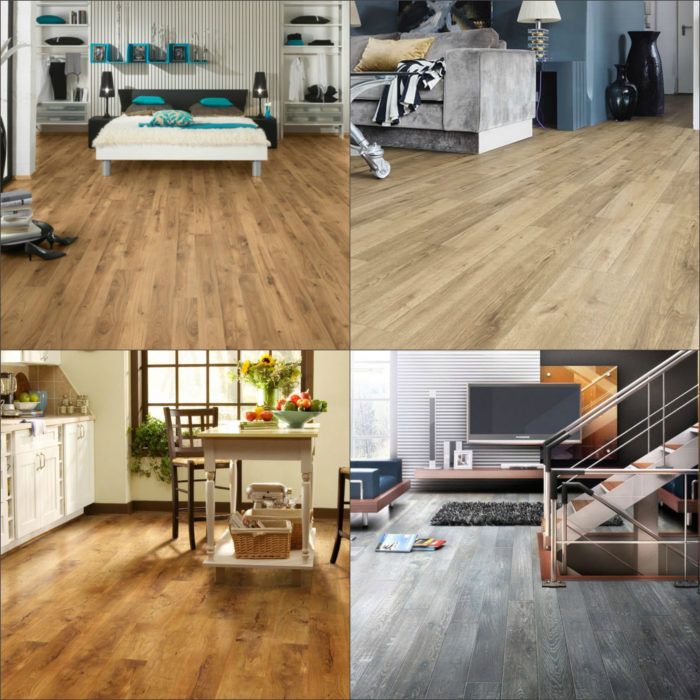
This refers to the use of coverage in apartments or residential buildings. For example, in the hallway, the activity of walking on the floor is much greater than in the bedroom. This means that for hallways you should choose a thicker and more durable laminate. In residential premises, such a coating will have an ideal appearance for 5-7 years, and its cost is several times less, so replacement will not be a big loss for the family budget.
- Availability of the price range;
- Wide selection of colors and patterns;
- You can easily do the styling yourself;
- Impact strength;
- Hypoallergenic effect;
- Easily combined with floor heating.
- After 5-7 years, pronounced wear and color fade may appear on more used segments;
- In the event of flooding or frequent spills of liquid, the laminate swells and deforms, thereby becoming unusable.
Laminate in rooms for public use (commercial use)
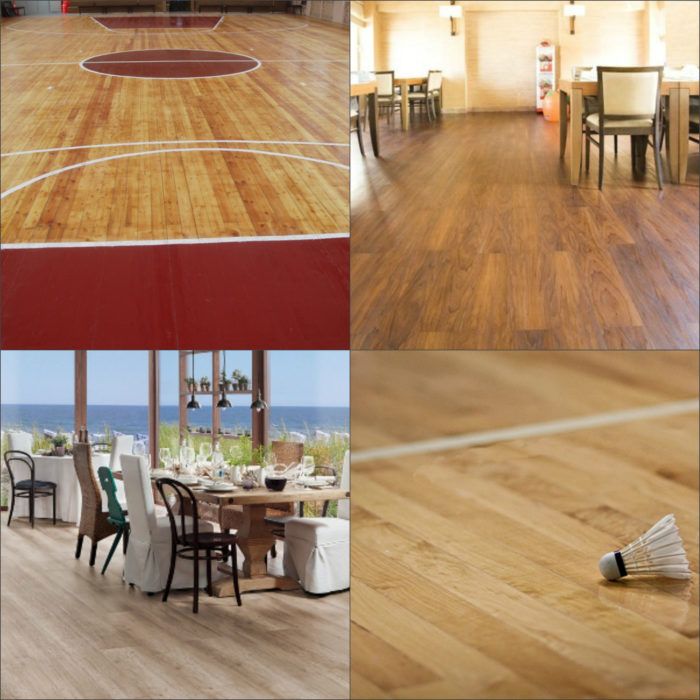
If visual damage appears in simple residential premises after 7 years from the movement of 5-6 people, then in public places such coverage will not last even six months. That is why there was a need to develop a more durable and durable laminate:
- with a service life of 5-6 years in office buildings, conference halls, stages, dance rooms (such a coating in living rooms will last 10-15 years);
- for more busy premises (for example, different clubs, gyms, car salons), manufacturers offer more durable material with a warranty period of 7-15 years (in an apartment, the service life is extended to 30 years).
- Long term use;
- Point endurance from loads;
- Fire resistance (flammability);
- Does not change color when exposed to direct sunlight;
- Improved docking of plates, which creates a perfectly flat surface.
- The high cost of the material;
- Either way, there is a danger of deterioration in case of prolonged contact with liquids.
What parameters should be considered when choosing a laminate
- Wear resistance.
In order to comply with European quality standards, a product must be tested in order to receive a class.The test is carried out for strength, load, point impact on the surface, slip level, reaction to temperature and light conditions, that is, everything that the laminate will undergo during actual operation. Depending on how long the coating lasts, it is assigned a certain wear resistance class.
For example, in the class, the designation AC with a number is fixed. This indicator is determined using the Taber test, which is carried out using a rotating abrasive head. This is how the endurance of the top layer of the panel is determined and the “turns” of the laminate are calculated. The indices are distributed approximately as follows: AC3 is suitable for rooms with low use (bedroom, hall), where the coating will serve perfectly for 5-6 years, AC4 is best used in hallways and in the kitchen, and for office buildings it is better to choose products labeled AC4.
Another parameter in the definition of the class is the density of the main layer, denoted from 31 to 34 and implies the reliability and integrity of the entire structure. So, for residential premises, 31-32 class laminate will be enough, a conference room, it is better to equip an office with a class 33 laminate, and sports or dance areas - class 34. For comparison: if a 34-class coating is laid in an apartment, then it will last more than 20 years without any problems.
- The thickness of the laminate panels.
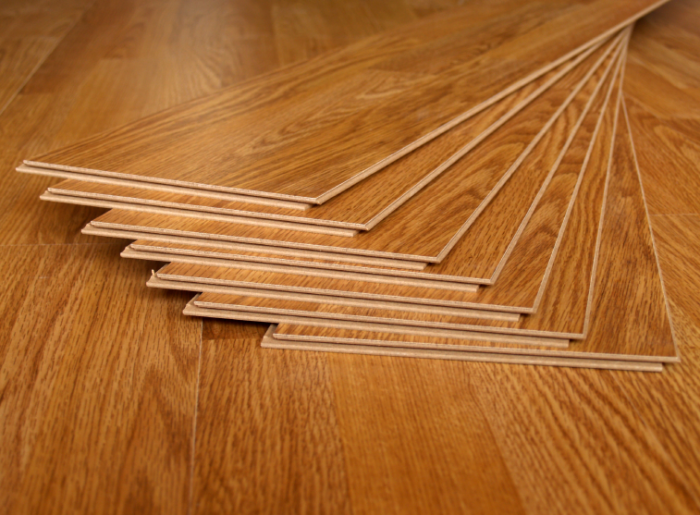
This is also a parameter related to the main layer (fibreboard, chipboard, PVC). The thickness can be from 6mm to 12mm. Accordingly, the thicker the plate, the longer and better it will last, the better the insulation, sound and temperature. In the case of underfloor heating, it is not recommended to use a very thick coating, as this will be a barrier to heat from under the panels.
- Shock resistance.
In addition to mechanical abrasion of the protective layer, falling heavy objects are inevitable, which may cause damage. This also has its own parameters and markings: Ic4 - apartments and residential buildings, Ic5 - medical or educational institutions, Ic6 - gyms, restaurants (cafes).
- Density.
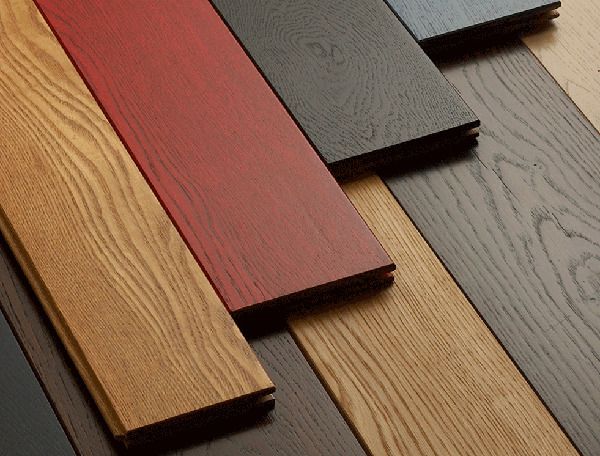
The density on the product is indicated from 844 to 979 kg/m3. Here, first of all, static loads on the surface are taken into account: for a bedroom with a bed, a wardrobe and a pair of bedside tables, 845-850 kg / m3 will be quite enough, it is better to equip rooms with a large refrigerator and a vibrating washer with a laminate with a density of about 900-903 kg / m3 . When using panels of inappropriate density, the coating will quickly become unusable, dents will appear on it, and cracks under heavy loads.
- How the panels are connected.
There are three connection methods, each of which has its own characteristics and requirements that must be taken into account in order for the floor to serve for a long time and not cause any inconvenience:
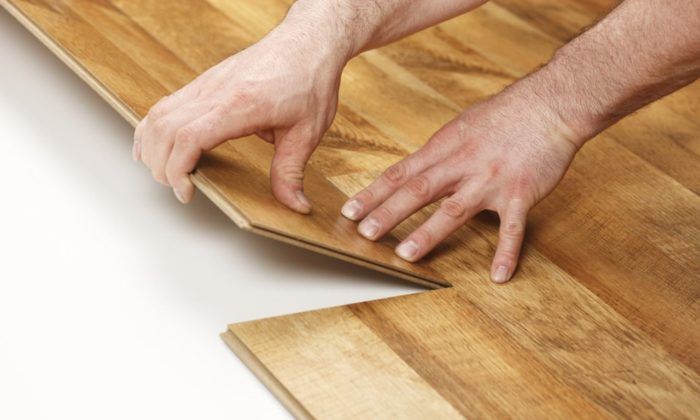
- The “Click” connection operates according to the groove + insert pattern. It is not difficult for self-assembly, ideal for a floor that is not quite even (roughnesses will disappear).
- "Lock" or "lock" suggests a connection that is fixed after a click, indicating the closing of the shutter between the two panels. With this type of connection, the floor screed should be perfectly aligned so that the locks close tightly and completely, and subsequently cause no disturbance. Professional assembly is recommended as special skills are required.
- Adhesive bonding - coating the connecting surfaces and joints with a special sealant. There is a certain inconvenience in the case when partial dismantling and replacement is necessary. This method has been used less and less.
- Chamfer.
Parameter characterizing the appearance: with or without a notch. In the absence of a chamfer (a small indentation along the edge of the slab), the coating looks perfectly even, completely monolithic. The presence of a chamfer creates a decorative effect and gives naturalness to the pattern.
- Wetting resistance (water resistance).
For rooms with an increased risk of getting wet, panels with a main layer of PVC are recommended, since it does not absorb water at all, which means it does not swell. Such a laminate will be ideal for bathrooms, kitchens.
- formaldehyde concentration.
Protective overlay parameter. The material of this layer-film is acrylic or melamine resin, which by themselves are not able to create the desired effect, so formaldehydes are added to them. Their level indicates the environmental safety of use.
So, a product with environmental friendliness "E1" is considered a non-harmful laminate. It is laid in living quarters, ideally for a nursery "E0".
- Design.
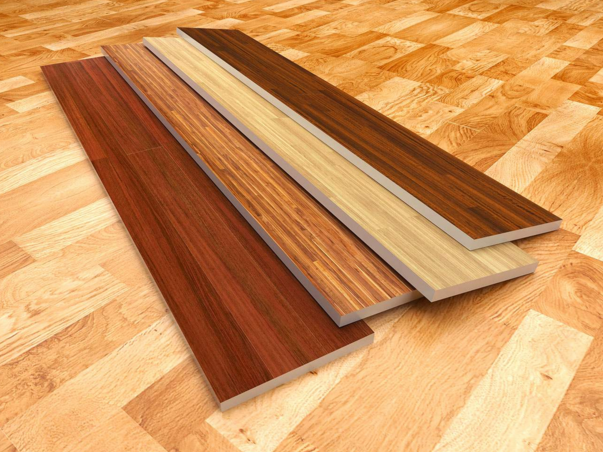
This parameter is absolutely individual, because there can be no recommendations and advice on the taste and color.
For example, when purchasing a laminate for a bedroom, the following parameters will be good: panel thickness 8 mm, class 32, Ic5 or Ic4, E1, density 845-850 kg / m3.
The best laminate manufacturers in Russia and joint companies
Kronospan
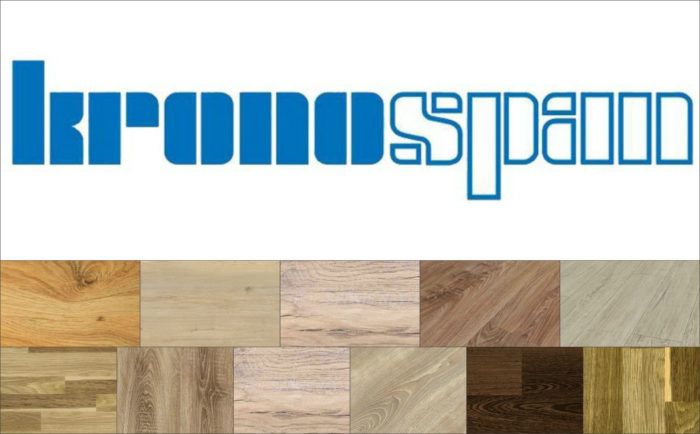
The company has at its disposal a large wood processing plant of the country "Kronoshpan", which is specialized in the production of fiberboard, chipboard, MDF, as well as laminate panels. Based on the feedback on the operation, we can conclude that the product is ideal as a budget option for finishing a summer house or rental housing.
Regarding reliability, it can be noted that it strongly depends on the parameter of the thickness of the panels, which ranges from 7 to 14 mm, and their density (minimum 800-860 kg/m3). Some of the samples provided by the manufacturer have a warranty period of up to 30 years in residential premises and 5 years in commercial premises.
Kronospan laminate is, first of all, a wide range, as well as a good economical option.
Cost: from 280 to 490 rubles/sq.m.
- A wide range of color offers, textures and gloss levels. This is a great opportunity to translate any design idea into reality;
- Clear geometric lines of planks, ideal monolithic surface;
- There are offers with an antibacterial coating, additional protection against scratches and internal insulation against noise.
- Due to good design choices, sellers sometimes inflate the cost of goods;
- Before laying the panels, the surface area must be carefully prepared;
- It is better not to use the budget offers of this manufacturer in rooms with increased movement activity, as they quickly become unusable.
Tarkett

An excellent manufacturer, whose governing bodies are located in Germany, and the factories are located in Russia. The ideal ratio of German quality with an acceptable domestic cost.
Tarkett has been known since 1987 as a major manufacturer of carpet and vinyl flooring. Now the company's assortment includes more than 30 collections of different classes of laminate, which are distinguished by durability and strength.
Cost: from 609 to 890 rubles/sq.m.
- Good price offers and high quality products;
- Hassle-free access to the Russian market;
- The warranty period is quite extensive (15-25 years).
- It is necessary to carefully check the quality of the goods, as there is a rare defect in the upper or lower layer of the panel structure;
- Some series have increased slipperiness of the top layer.
Kronostar
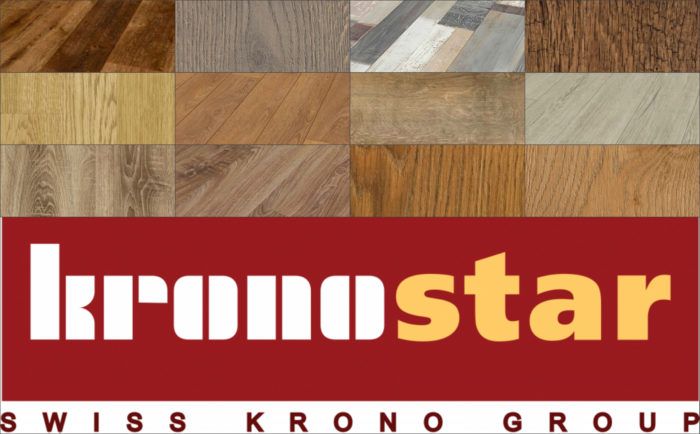
Along with two other companies (Kronospan and Kronoteks), it is part of the Swiss Krono Group, a large concern.
Country of origin - Germany, production plants are located in Russia.
The main specialization is wood-based coatings for walls, floors and ceilings. Laminate began to be produced in 2002 at a plant in the Kostroma region. The combination of German quality and affordable prices immediately brought the products to a large market, where they gained well-deserved popularity among the buyer.
Cost: from 359 to 609 rubles/sq.m.
- Price availability;
- High quality, which always corresponds to the characteristics declared on the product;
- Classic design solutions.
- Uniformity of dimensional parameters;
- A small selection of colors and patterns;
- There are defective panels.
Ritter
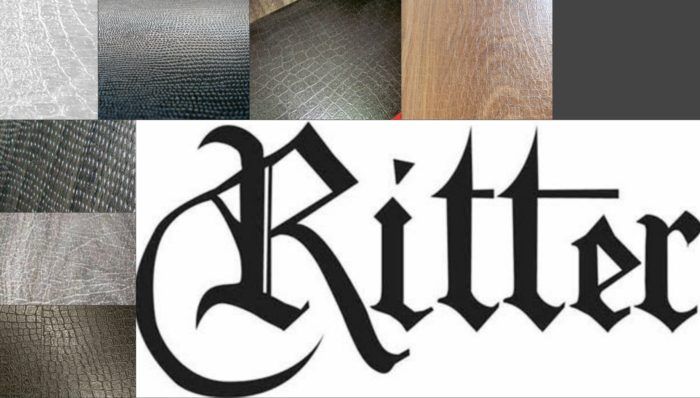
A purely Russian manufacturer (the RBC concern), which managed to find recognition among professionals for its originality in the search for design solutions that distinguished it from others.
Thanks to this brand, the banal classic motifs of wood patterns are a thing of the distant past, and they are replaced by laminate textures with a rough surface that looks like genuine leather.
Value for money, quality and design originality.
Cost: from 600 to 755 rubles/sq.m.
- Unusual design developments;
- Relative affordability;
- Long warranty period;
- Production of only high (33-34) class of wear resistance.
- In the assortment of the manufacturer there is no laminate with a smooth surface, as well as woody colors.
Quick step
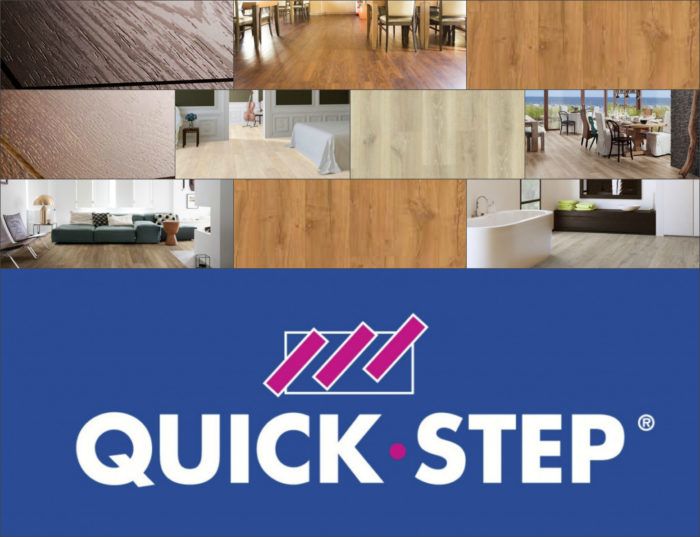
Joint production of Belgium and Russia, which is a cell of the UNILIN concern. Fame acquired back in 1997 thanks to the adhesive-free flooring. Long-term collaboration yields fruitful results not only in popularity and demand, but also in personal developments, for example, the V-groove laminate, which first went on sale in 2001 and immediately gained recognition from its fans.
Cost: from 520 to 1650 rubles/sq.m.
- Decorative uniqueness;
- Own development of connecting locks;
- Manufacture of moisture resistant laminate for bathrooms.
- The presence of a pungent odor from the product;
- The quality is inferior to pure Belgian similar products.
Egger
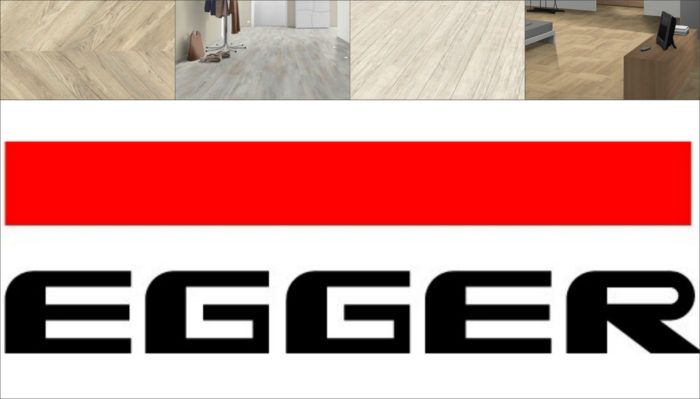
The Austrian company Egger has long turned into an international concern, which has its own factories in the cities of many countries of the world, including Russia. The firm's experts were so impressed with the production capabilities in the vastness of the Russian Federation that they were happy to be included in the ratings of domestic manufacturers.
Egger laminate panels have a high level of quality and relatively affordable cost. In addition to direct flooring, the range includes many related accessories that additionally attract new customers.
Cost: from 845 to 1650 rubles/sq.m.
- Huge selection of design proposals and different product formats;
- The range includes waterproof collections;
- Panels can be laid not only on the floor, but also on the walls.
- High price;
- There is a marriage associated with key connections.
Kastamonu
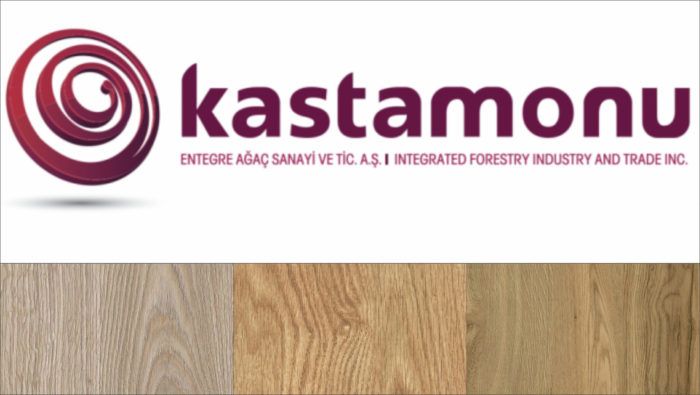
Kastamonu is a large holding that includes quite a few countries such as Turkey, Russia, Bulgaria, Romania, Herzegovina, Bosnia. In order to make Kastamonu products more accessible to the Russian consumer, full-cycle production facilities were opened in Yelabuga. Due to the conformity to the quality of European parameters and the use of innovative technologies, the products quickly found their adherents among Russian buyers and firmly took positions in all ratings.
Cost: from 509 to 850 rubles/sq.m.
- Environmental friendliness of products;
- Acceptable price;
- Good quality.
- Not a very wide range of decorative offers;
- There are defective panels.
The best laminate manufacturers in Europe
HDM ELESGO
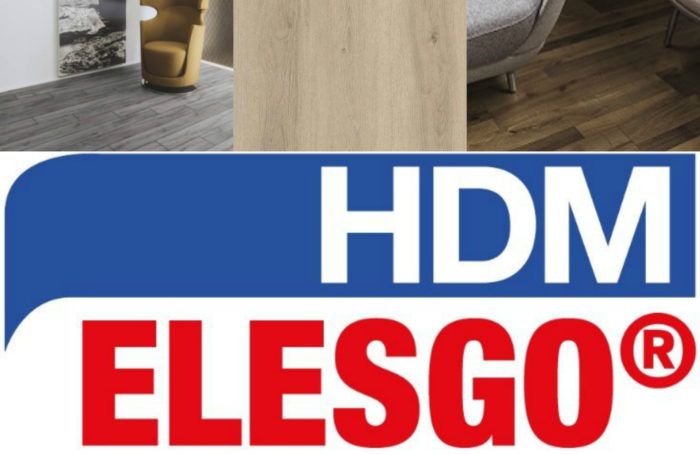
German manufacturer with half a century of experience and history behind them. Among others, it is distinguished by the use of unique technologies in the manufacture of its products. Of the large and varied assortment, I would especially like to emphasize the Elesgo collection, which has several distinctive features:
- The manufacturer defined the main layer of the panels of his laminate as a particularly dense fiberboard (about 900 kg / m3), which guarantees long-term operation without defects and possible breakdowns.
- High environmental friendliness of the series, its formaldehyde is about the same as that of natural wood.
- Testing showed super resistance to mechanical stress, that is, the service life is quite long.
- Given the density of the laminate panel and the use of innovative technology in the connection, the assembly of the coating is very simple and easy, quite affordable in order not to involve specialists. In addition, if necessary, dismantling and subsequent reinstallation is possible.
- The main difference was the use of acrylate resins as a protective impregnation on the decorative layer of the plates, which significantly reduces the evaporation of harmful substances, gives an antistatic effect, increases resistance to direct sunlight and the influence of household chemicals.
Cost: from 1228 to 2688 rubles / pack (2.27 sq.m).
- Beautiful shiny appearance with a mirror effect;
- Innovative locks are used, which are additionally coated with a special wax impregnation, which increases the ability to protect against moisture ingress;
- High level mechanical stability, scratch resistant.
- Given the glossiness of the surface, special care is required.
Kindl
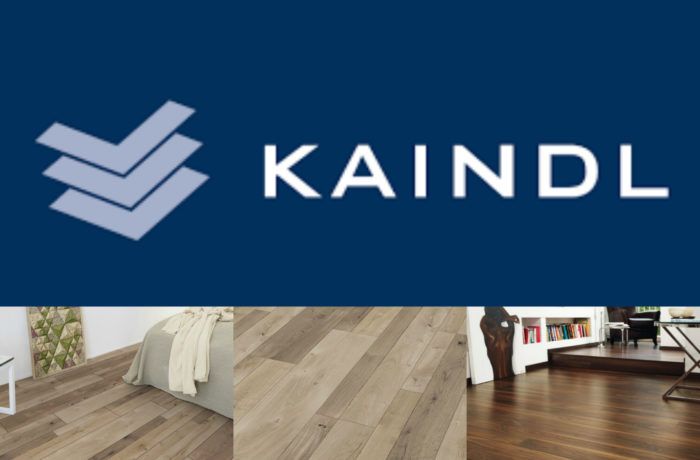
A huge German concern that has a full-cycle production: wood is grown independently, then processed and distributed for sale around the world. Known all over the globe, Kaindl products have gained the greatest popularity in the USA, Canada, and many European countries.
Cost: from 880 to 1849 rubles/sq.m.
- A wide range and a large design choice;
- Reliability of the main layer in the structure;
- Long warranty period (about 30 years).
- High cost, not available to everyone.
Balterio
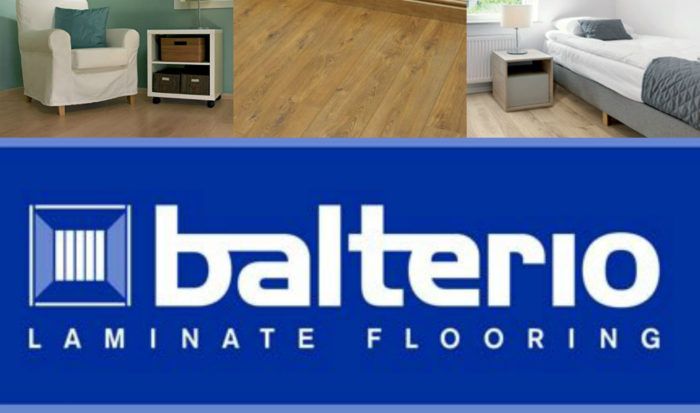
The Belgian industrial corporation Spanolux SA has specially created a separate division for the manufacture of laminate as a promising coating.A complete production cycle was gradually developed, which made it possible to create a high-quality and environmentally friendly product with excellent parameters and characteristics: for example, the wear resistance of all collections of 32-34 classes with a panel thickness range of 7-12 mm. Prices for manufactured products are quite high, but they fully correspond to the declared quality.
Cost: from 978 to 2114 rubles/pack.
- Large selection of laminate board sizes;
- Variety of assortment;
- In connecting technologies, several locking systems are used.
- high cost;
- Due to popularity, there is a danger of buying a fake.
Pergo
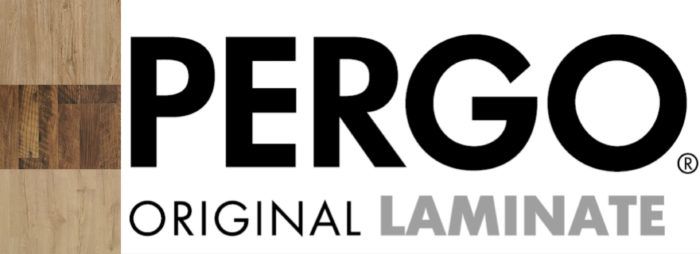
The parent company for the production of this flooring. Pergo was the first to produce laminate boards back in 1979. Swiss quality requires the strictest control of products at all levels of their production. The use of own new technologies is actively developing.
Cost: from 794 to 2240 rubles/sq.m.
- The top layer is made according to the TitanX system, which allows you to significantly increase the level of protection against scuffs, scratches, impacts and the influence of light.
- High ecological purity of products;
- The manufacturer guarantees long-term operation without visible defects for up to 25 years.
- Big risk to buy a fake;
- There are no budget lines in the assortment, the cost of all collections is quite high.
Laminate manufacturers carefully monitor the quality of their products. Given the growing popularity of flooring, competition is intensifying too. This is what obliges to update the range and introduce innovative technologies. The consumer has a huge choice, both in terms of price, and in terms of parameters and quality.
new entries
Categories
Useful
Popular Articles
-

Top ranking of the best and cheapest scooters up to 50cc in 2022
Views: 131649 -

Rating of the best soundproofing materials for an apartment in 2022
Views: 127688 -

Rating of cheap analogues of expensive medicines for flu and colds for 2022
Views: 124516 -

The best men's sneakers in 2022
Views: 124030 -

The Best Complex Vitamins in 2022
Views: 121937 -

Top ranking of the best smartwatches 2022 - price-quality ratio
Views: 114978 -

The best paint for gray hair - top rating 2022
Views: 113393 -

Ranking of the best wood paints for interior work in 2022
Views: 110317 -

Rating of the best spinning reels in 2022
Views: 105326 -

Ranking of the best sex dolls for men for 2022
Views: 104363 -

Ranking of the best action cameras from China in 2022
Views: 102214 -

The most effective calcium preparations for adults and children in 2022
Views: 102010
